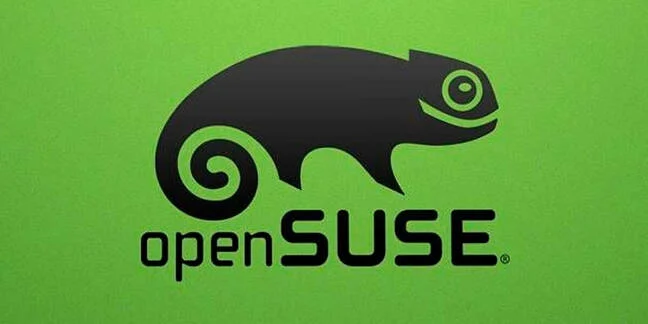As a long-time Linux user, I have always enjoyed the freedom this operating system provides. However, as time passes, needs and priorities change. For many years I have used Arch Linux , a distribution that fully introduces you to the world of control and customization. If you are not familiar with Arch, it is known for requiring the user to be fully responsible for the system – from installation to configuration of all components. This DIY philosophy is what appeals to many, including myself.

Arch Linux is powerful, but also challenging. Its feature of constant and rapid updates can be a double-edged sword. Frequent package and system changes lead to potential problems, including system crashes. If you don’t have backup data, this can be a very stressful situation. Several times I experienced a situation where my system crashed due to unexpected changes, forcing me to do a fresh install.
However, after a long period of using the Arch, I felt it was time for a change.
KDE Plasma: My longtime environment
In addition to Arch Linux, I’ve long used KDE Plasma as my primary graphics environment. For me, these two things went hand in hand. KDE Plasma offered tremendous flexibility and customizability, which was perfect for someone who enjoys customizing every aspect of the system.
However, my needs have changed over time. With more work to do and less time to play with system settings, I realized that I needed an environment that required less maintenance and less time to configure. It is for this reason, after much consideration, that I decided to change both my distribution and the graphical environment.
Gnome: Back to Simplicity
When I considered the alternatives, several options were on the table. XFCE would be a natural choice for someone who wants a light and minimalistic environment. However, I decided to give Gnome a try , because I liked its philosophy of simplicity. Gnome offers an intuitive and minimalistic user experience that is focused on productivity rather than endless customization options. That attracted me.
The gnome environment was, in a way, a return to my roots. The first Linux distribution I used was Linux Mint with the Gnome 2 environment, which later became known as Mate . I remember how refreshing Mint with Gnome 2 was compared to Windows XP back then . It was fast, nicely organized, and far more customizable than what Windows offered at the time.
OpenSUSE: German precision and reliability
After considering various Linux distributions, I decided to try OpenSUSE . This was not my first encounter with this distro, but I had only used it briefly before, just for a few days. This time, I decided to give OpenSUSE a real chance and see if it could become my long-term choice.
Just as the Germans make great cars, OpenSUSE exudes precision and reliability. Installation is quick and straightforward, and after booting, you get a fully functional operating system without the need for additional setup. This is a big plus compared to some other distributions, where after installation it takes a long time for the system to be fully operational. Yes, you get a little more packages installed, and a little more RAM usage.
Why Gnome?
Gnome became my choice because of its simplicity. Its environment offers everything the average user needs, without unnecessary complications and without endless configuration. I like its shell and activity system that allows easy management of open windows. By pressing the Meta key, you get access to all the necessary tools, which makes work faster and more efficient.
All the necessary packages are easily available, either through OpenSUSE’s official repositories, or through Flatpak , which allows the installation of additional applications.
OpenSUSE and Gnome: The long-term choice
After a few weeks of use, I can safely say that this combination is the right choice for me. OpenSUSE provides stability and speed, while Gnome offers me the simplicity and productivity I look for in my day-to-day work. There is no need for constant configuration, and the system works immediately after installation.
I now feel that this is an environment and a distribution that will be with me for the long term. Linux, as always, is a platform that allows users to find what works best for them, and I found my place with OpenSUSE and the Gnome environment.